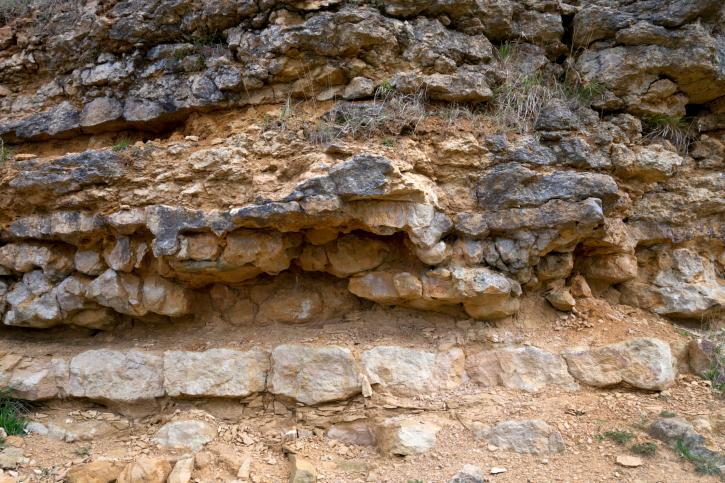Oopart (out of place artifact) is a term applied to dozens of prehistoric objects found in various places around the world that seem to show a level of technological advancement incongruous with the times in which they were made. Ooparts often frustrate conventional scientists, delight adventurous investigators open to alternative theories, and spark debate.
Workers at a stone quarry near Aix-en-Provence, France, in the 18th century came across a find that remains a mystery.
They dug down through layer upon layer of limestone. In a stratum of sand between the 11th and 12th layers, they found man-made objects that seemed to flout the commonly held timeline for human existence on Earth. The find was recorded in the American Journal of Science and Arts in 1820 by T. D. Porter, who was translating Count Bournon’s work, “Mineralogy.” The article is available online through the Internet Archive, a non-profit organization that makes digital copies of print works.





